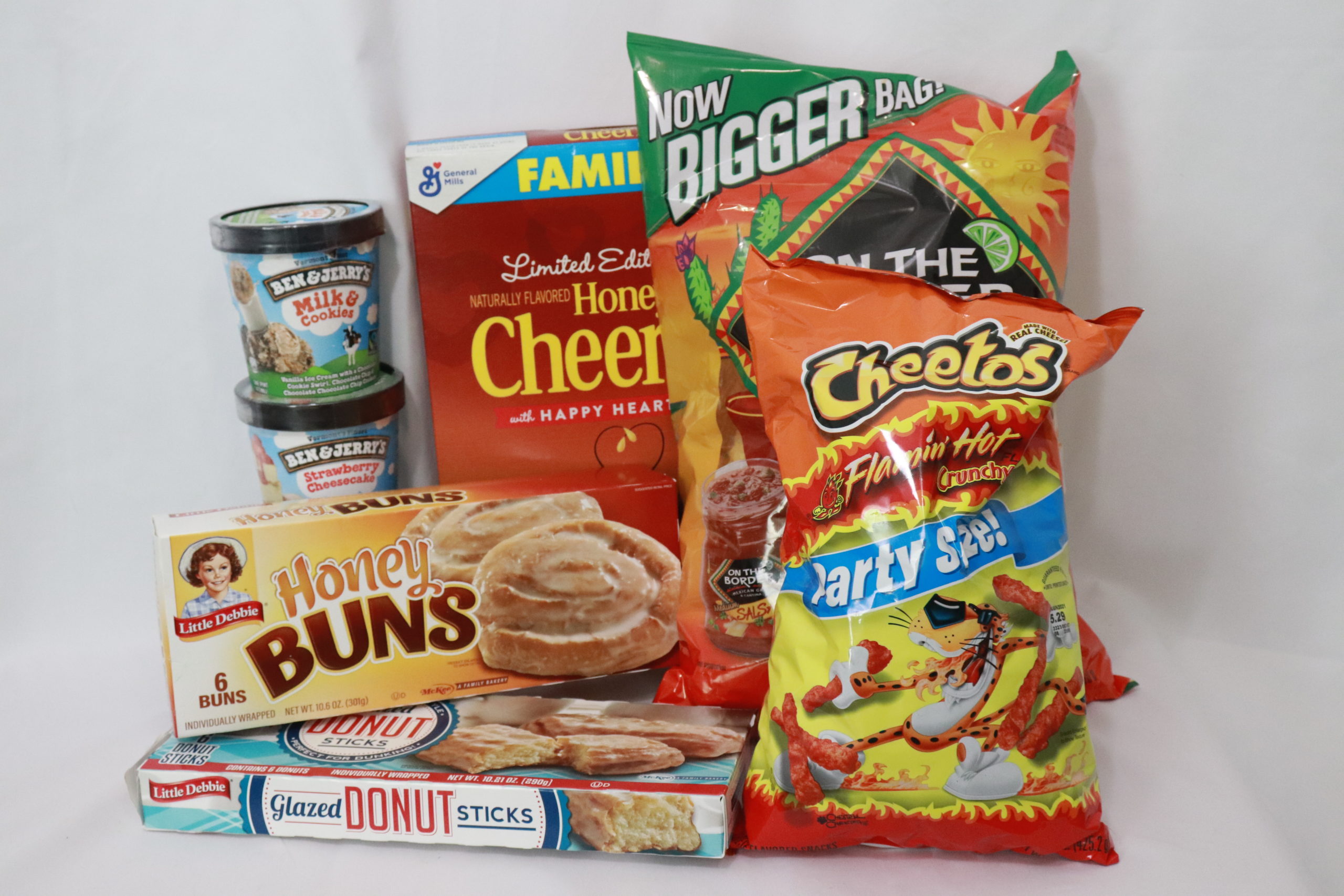
April 20, also known as 4/20, is an informal holiday celebrated by marijuana users across the country, especially in states that have legalized the substance. The day often comes with festivals, promotions and concerts surrounding marijuana.
While this day’s origin remains unclear, what is clear is that people will be celebrating. Whether participants decide to smoke alone or with friends, all types of food will be present.
One aspect of “marijuana culture” or “stoner culture,” which is the social atmosphere or behaviors that depend heavily upon marijuana consumption, is the food.
“Munchie” is a phrase from the 1900s meaning a “snack eaten to satisfy hunger.” The plural form of “munchies” became commonly used to describe any food or snack by the late 1950s. The term drastically changed meanings in the 1970s when it was picked up as stoner slang in the United States to describe food cravings after smoking marijuana.
Nowadays, a case of “the munchies” refers to the enhanced appetite that often comes as a side effect of marijuana use. This hunger often leads to intense cravings and fuels the creation of bizarre food combinations like donut burgers and macaroni and cheese pizza.
Not all stoners create weird combos to satisfy their cravings and instead rely on typical pantry food. Easily accessible foods like chips, Oreos and cereal are all well-loved. If there’s nothing that hits the spot in the pantry, take-out and drive-thrus have plenty of items on their menus that have become staple stoner foods.
But why does marijuana increase appetite and lead to munchies? There are various theories and reasonings, and it mainly has to do with how the drug’s active ingredient THC interacts with the brain and body. It’s not scientifically conclusive that THC is the cause of the munchies, but it seems to be a factor.
Research suggests that THC interacts with ghrelin, a hormone secreted by the stomach that stimulates appetite. Ghrelin, known as the hunger hormone, produces and releases predominantly by the stomach.
It seems as though the munchies occur when ghrelin production is stimulated independently from the usual metabolic hunger cycle. Every person’s body chemistry is different, so it will not affect everyone in the same way.
Why do so many people want to create such strange combinations and eat large amounts of junk food while high?
Most lists of the best stoner snacks on the internet contain sugary treats like ice cream, cookies, Nutella and other desserts. There might be a reason as to why many marijuana smokers have a sweet tooth.
A group of scientists recently published a study in the journal Neuropharmacology that investigated how THC can induce people to choose sugary foods over all others. This influence seems to stem from the relationship between THC and dopamine.
When eating delicious foods, the neurotransmitter dopamine releases within “the shell of the nucleus accumbens.” This part of the brain lets someone know that they like a particular food and would like more of it. Sugar induces a rewarding feeling already, and with the presence of THC, more dopamine will release in response.
Another reason why many munchies are sweet is that many people just prefer sugary foods in general. Just because marijuana might increase one’s appetite doesn’t mean someone will want to eat everything in sight or foods they typically don’t like.
Scientists discovered that THC increased the pleasurable response to eating sugar but had no effect on how much one dislikes the taste of other types of foods.
Another reasoning may be how THC stimulates the endocannabinoid system, a complex area of the brain that regulates feeding behavior and energy balance.
One animal study shows that by binding to receptors in the olfactory bulb in the brain, THC appears to enhance the sensitivity to smell, making aroma from food more powerful and can cause users to want to eat more.
The enhancement of taste and smell may answer why so many marijuana users create strange food combinations. The hunger, along with the intense sensory changes, may lead people to try foods that seem strange together but work when high. For example, sweet and salty is already a loved and delicious combo, but that enjoyable experience can increase after using marijuana.
The 4/20 “holiday” and overall stoner culture around food has become more commercialized over the years. More food companies are marketing their products towards marijuana users and fast food chains catering to these particular customers.
Some factors as to why a chain is so popular for stoners include their menu, convenience and environment. A significant reason why drive-thrus are popular when it comes to “high dining” is that sit-down-style restaurants may deter some users, especially in states where marijuana is not legal.
Taco Bell is a big-name fast food restaurant that is well-known for its significant stoner demographic. Based on a national survey, over 20% of marijuana users chose Taco Bell as their go-to place to satisfy their munchies, and the High Times named Taco Bell as the ultimate high stop.
Taco Bell created a “Fourth Meal” menu, a midnight meal meant to curb the hunger between dinner and breakfast. Many believe that this is a subtle nod to marijuana users fulfilling their munchie cravings at the fast-food chain.
Even less subtly, a company called Kalan LP came under fire in 2011 for selling “Pothead Ring Pots” and “Pothead Lollipops.” These candies did not contain any marijuana but were in the shape of the plant’s leaves. The company did not want to encourage children to smoke and instead targeted adults and promoted the substance’s legalization.
In conclusion, the science behind the munchies remains somewhat mysterious, just like the stoner holiday’s origin. While 4/20 will pass, the relationship between food and marijuana will continue far after the unofficial holiday.
